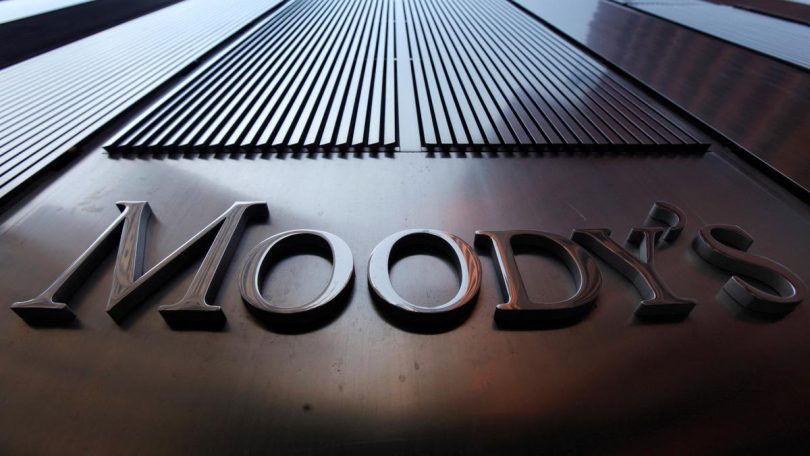[ad_1]

A Moody’s sign on the 7 World Trade Center tower is photographed in New York.
| Photo Credit: Reuters
Moody’s Investors Service on March 7 said that India’s robust economic growth will continue and its real GDP growth will accelerate to around 8% in 2023-24 from 7% in 2022-23.
“We expect India to be the fastest-growing economy among major G20 countries… Government capital expenditure and strong domestic consumption will underpin India’s economic growth. Moreover, India is poised to benefit from increased global trade and investment opportunities arising from companies’ strategies to diversify away from China,” the rating major said in an outlook report on India’s banking sector.

The firm expects India’s inflation rate to decline to 5.5% in 2023-24 from a peak of 6.7% in 2022-23, and noted that further disinflation will support monetary policy easing, going forward.
Moody’s growth estimate for this year is higher than the 7.6% estimate projected by the National Statistical Office (NSO) in its second advance national income estimates released on February 29. On March 6, Reserve Bank of India Governor Shaktikanta Das said that real GDP growth is likely to be closer to 8% as the NSO’s current estimate of 5.9% GDP growth for the final quarter of the year may be overshot.
Government capital expenditure and strong domestic consumption will underpin India’s economic growth. Moreover, India is poised to benefit from increased global trade and investment opportunities arising from companies’ strategies to diversify away from China, it said.
“We expect India’s inflation rate will decline to 5.5% in 2023-24 from a peak of 6.7 per cent in fiscal 2022-23, and further disinflation will support monetary easing going forward,” it said.
With regard to the banking sector, the report said, non-performing assets (NPAs) will continue to fall as the operating environment improves.
The system wide NPA ratio dropped to 3.2% as at September-end 2023 from a peak of 11.2% at the end of March 2018 because of recoveries and write-offs of legacy problem loans.
Slippage ratios — or the ratios of newly accredited NPAs to total standard assets during a period — will stay low, helped by India’s strong economic growth, it said.
“We expect banks’ Common Equity Tier 1 ratios to decline 50-80 basis points because of increase in risk weights for exposures to NBFCs and unsecured retail loans,” Moody’s said.
(with inputs from PTI)
[ad_2]
Source link








